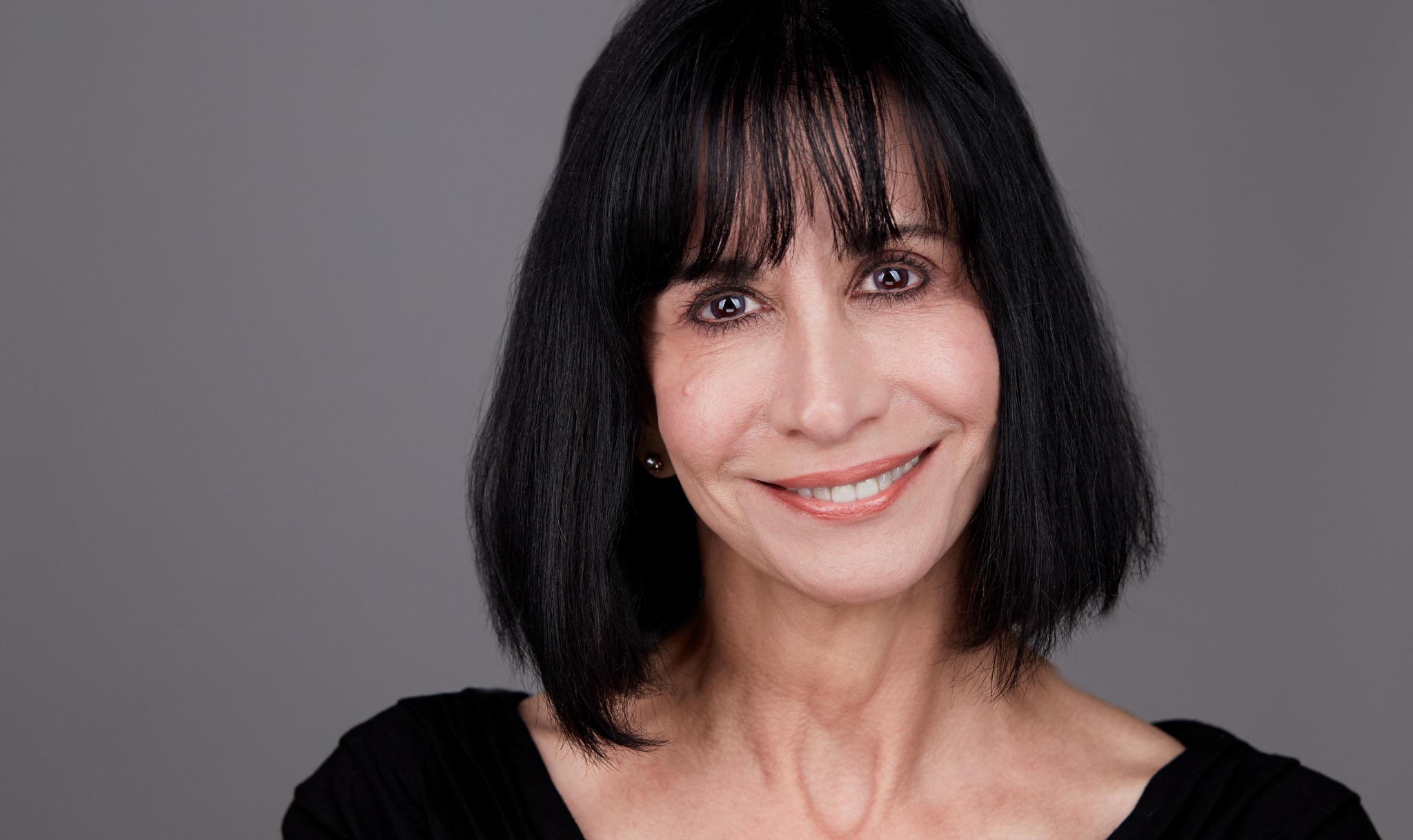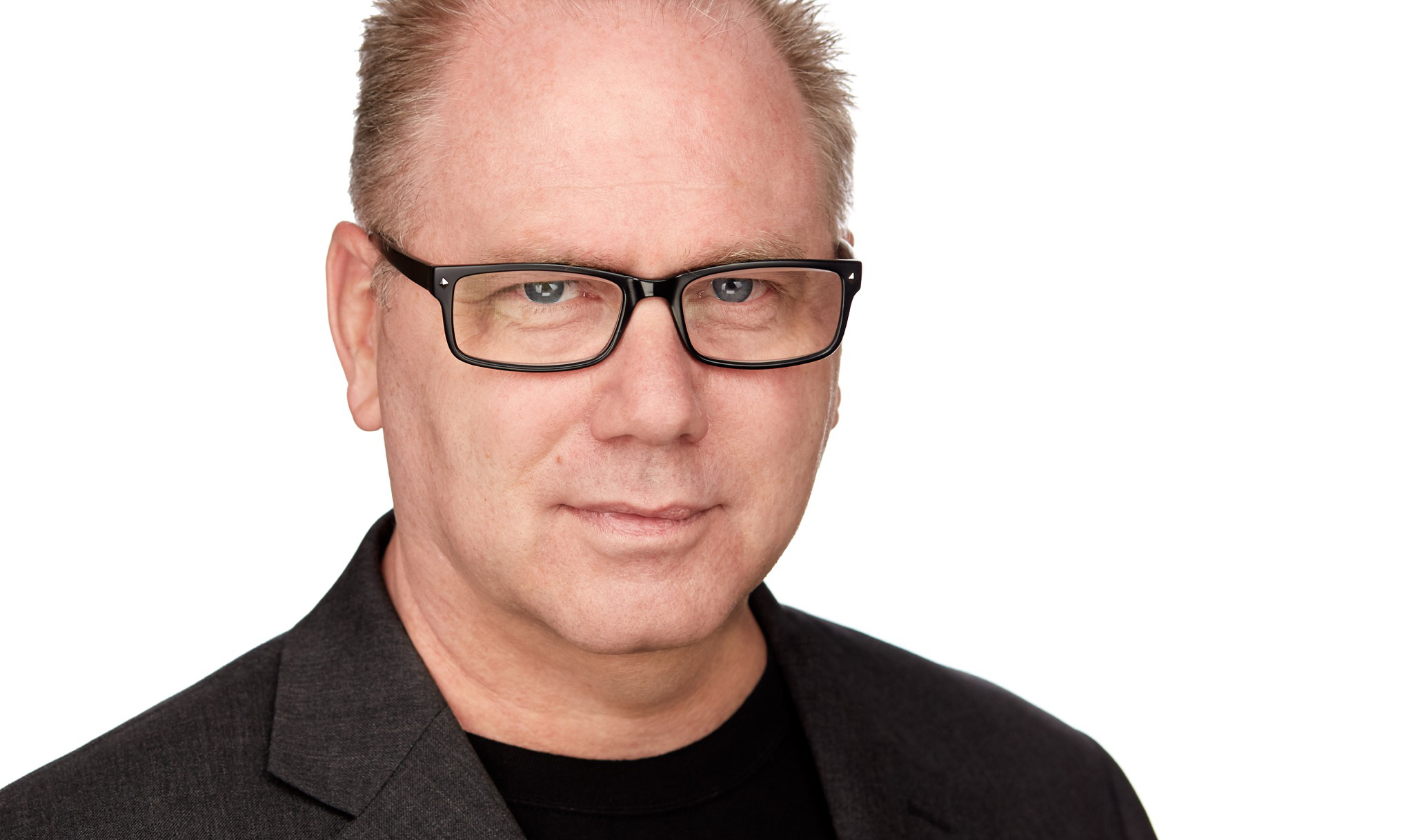Testimonials
Medical Universities that teach and practice hypnosis
Why Coaching work ?
Hypnosis has been scientifically proven to be a tool that can help you live the life you want
Stanford Research Studies
Hypnosis has been measured scientifically by researchers at Stanford University. The prestigious American Society for the Advancement of Science shared the results Dr. David Spiegel, MD, from Stanford University observed when he scanned the brains of volunteers.
Volunteers were hypnotized and then asked to look at black and white images. The volunteers were told, however, that the images they were looking at were multi-colored. The brain scans confirmed what the volunteers said they saw: images that were brightly colored. The scans showed areas of the brain that register color highlighted increased blood flow, indicating that the volunteer genuinely “saw” colors as they had been told they would.
“This is scientific evidence that something happens in the brain when people are hypnotized that doesn’t happen ordinarily,” Dr. Spiegel told delegates of the American Society for the advancement of Science. He added that there were tremendous medical implications and envisioned people being able to manage their own pain.
Medical schools that teach and practice hypnosis:
-Stanford medical school “Hypnosis allows patients to focus internally on a specific problem and its resolution, while maintaining a comfortable state of physical relaxation”
-Harvard (“Hypnosis is an approved treatment for the relief of pain and anxiety”
-Johns Hopkins (“Hypnosis is effective in many situations, including: reducing pain, quitting smoking, reducing anxiety, treating depression, overcoming fears or phobia”)
Mayo clinic story:
In the early twentieth century, the greatest risk from surgery wasn’t infection, it was the operation itself; specifically, anesthesia. People were dying from the amount of anesthesia given. A nurse anesthetist who worked exclusively with two surgeons, brothers with the last name of Mayo, used hypnosis before each procedure. The death-rate from these surgeries was zero; there were 14,000 surgeries, and there were no deaths – not one. That’s right, in a time when a significantly large percentage of people were dying from surgical complications in this country, the Mayo Brothers (as they became known at the time) had a mortality rate of zero.
By hypnotizing their patients before the procedure, less anesthesia was needed during surgery, and because less anesthesia was used, these patients had less complications – and every one of them recovered. The reputation of the Mayo Brothers soared and their success became the benchmark of all other hospitals in the country. And that reputation led to the Mayo Clinic as we know it today.







